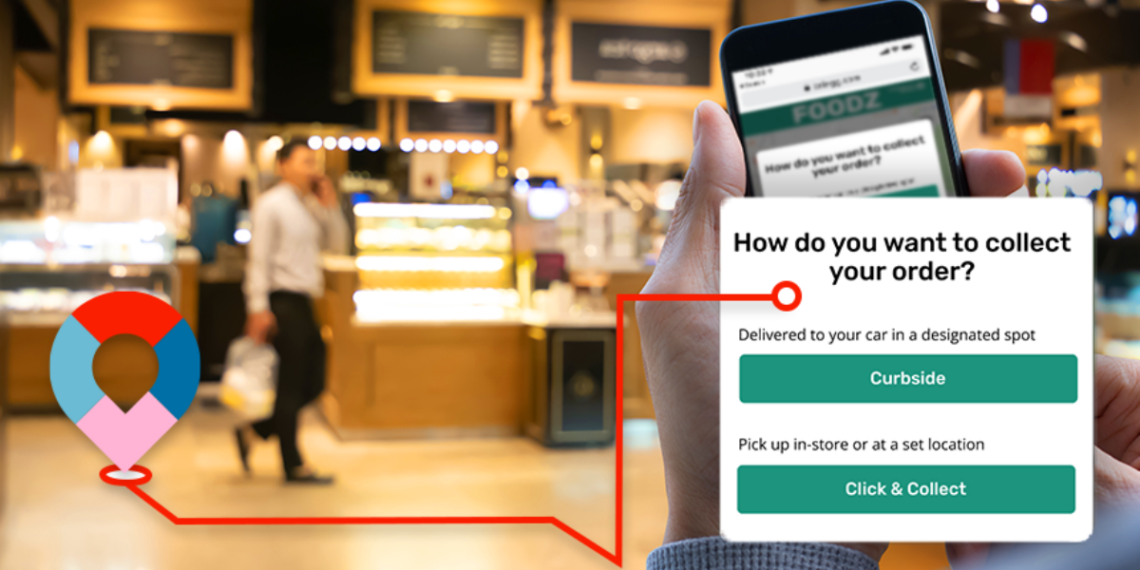With brands recognising the power of conversations, AI-driven solutions, and phygital experiences, consumers can anticipate more personalised, seamless, and satisfying engagements with businesses this year.
As technological innovations continue to shape the business landscape, 2024 is poised to be a transformative year for customer experience.
However, businesses must keep an eye on the emerging trends shaping the landscape as they realign their strategies to prioritise customer satisfaction.
Balancing customer experience trends against business process optimisation
Increasingly, the emphasis on Customer Experience (CX) is prompting organisations to adopt creative ways to use customers to start, and sometimes complete, the processing journey against an item of work.
As businesses look to grow customer acquisition or reduce processing costs, it is becoming evident that Generative AI and Interactive AI are critical tools for improving cost-of-service ratios or Life Time Value: Customer Acquisition Costs (LTV: CAC) ratios for improved x-selling and upselling outcomes.
In line with this, identifying work types for automation is key to quantifying how much effort organisations can remove from their support centres and what Capex or Opex costs can be optimised.
Additionally, businesses must understand their customers’ behaviour and their choice of when, how, and if to engage with a brand.
CX is not merely about providing a channel to customers or a five-star rating at the end of a call. It is about ensuring that customers return to the brand, measuring and appreciating customer behaviour across your digital ecosystem, and knowing when to support them or when to sell to them.
In many environments, improving business processes with tools such as Generative AI or Interactive AI results in a downstream impact of improved CX.
Hence, organisations should look at the business challenge to be solved before attempting to resolve the issue of CX in isolation.
End-to-end conversational journeys with businesses and brands
As consumers seek an enhanced customer experience, they will increasingly demand two-way conversational interactions with a business or brand through the same channels and chat apps they use with their families or friends.
They will also desire a seamless experience rather than switching between devices and channels.
Until now, brands have been reimagining this journey through a conversational lens, where much of the user journey is directed through a single chat app or digital channel like WhatsApp.
The focus now shifts from merely adopting these channels to perfecting the end-to-end conversational experience.
Thus, we can expect to see the emergence of truly end-to-end platforms, where customers can click through an advert on Instagram, educate themselves about a product, click to purchase, pay, receive delivery notifications, and complete a satisfaction survey within a single conversational thread on WhatsApp.
META, with WhatsApp, is leading this revolution, with new features such as Flows and Payments facilitating users to transition smoothly from viewing an Instagram ad to making a purchase, all within the platform. Leading brands like Google and Apple are also making waves in this space, and more platforms are likely to follow.
The move from generative AI to interactive AI
Generative AI, or Gen-AI, has made remarkable progress, especially in customer support. This technology has been instrumental in auto-generating content for messages and emails and AI-driven bots that can handle basic queries.

However, the future lies in interactive AI, where, according to British AI researcher and entrepreneur Mustafa Suleyman, “bots that can carry out tasks you set for them by calling on other software and other people to get stuff done.”
In line with this, analysts predict the emergence of a federation of different bots and AI algorithms being used to trigger different actions across the customer journey.
These advanced tools will be central to marketing and sales automation, answering product-related questions, scheduling deliveries, and managing payments. Integrations will span from generating campaign content to providing AI-driven chatbot interactions, ensuring fluid, human-like conversations with the customers, all within a customer’s favourite channel.
The rise of the super app
The ‘super app’ concept has gained significant attention in recent years, with platforms such as WhatsApp, WeChat, and various others.

These platforms, boasting billions of subscribers, present a golden opportunity for brands to integrate and offer their products and services.
Tech billionaire Elon Musk described WeChat as “Twitter, plus PayPal, plus a whole bunch of other things, and all rolled into one with actually a great interface.”
Telegram appears to be moving towards this model, announcing in September last year that “developers can (now) use JavaScript to create infinitely flexible interfaces that can be launched right inside Telegram — and can completely replace any website.”
Envisioned as multi-purpose hubs, these apps will evolve into platforms where users can seamlessly interact with multiple brands.
The rebirth of virtual reality and augmented reality
However, things are also heating up in the virtual reality (VR) and augmented reality (AR) space. META recently launched its new generation of Ray-Ban META smart glasses.
Among other updated features, these will integrate META’s AI-powered, advanced conversational assistant.
By saying “Hey META,” users can engage with META AI to spark creativity, get information, and control features. Apple has also unveiled its much-anticipated Vision Pro headset, a mixed-reality device capable of both VR and AR experiences.
These products signify a step change in the world of AR and VR, which has, until now, been seen by many as somewhat gimmicky. It is expected that VR and AR will transition from merely PR stunts to real-world use cases.
Using these tools, businesses and brands can create exceptional, awe-inspiring experiences on a scale that has never been possible in the physical realm.
Phygital experiences
Against this backdrop, it is anticipated that further convergence of the physical and digital realms will occur, with businesses and brands crafting captivating ‘phygital’ experiences tailored to customer preferences in real-time.
Retailers will further weave technology into their brick-and-mortar stores, leveraging data to personalise what customers hear, smell, and see.
Simultaneously, e-commerce platforms will explore the potential of virtual and augmented reality, pioneering a new age of digital retail.
Numerous examples already demonstrate this concept in action, like retail brand Marks & Spencer’s AR shopping app, which allows customers to walk around a store with the app using an AR filter to direct them to the location of specific items.
As this technology develops, it will help customers experience products as if they were already in their possession, allowing them to make informed decisions about what they buy.
More to come
This year promises to be an exciting year for customer experience. With brands recognising the power of conversational interfaces, AI-driven solutions, and phygital experiences, consumers can anticipate more tailored, seamless, and delightful interactions.
[Featured Image Credit]












